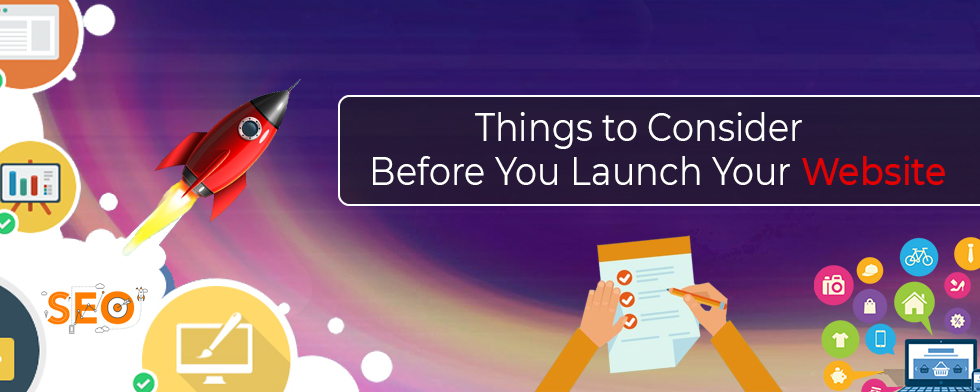
Launching a brand new website, redesigning an existing one via Web Design Company or moving a site onto a new CMS (Content Management System) for a client is all about a staggering number of small ways to not screw up. It also includes managing many moving parts as well such as content, design, marketing, and the technical side. To make sure you miss out on nothing, here are a few things to consider if you wish to make your website launch a success. First of all, you should,
It includes everything from setting a launch date (which should at least be a month prior to give you enough time for research, design and development) to preparing for worst-case scenarios (prepare a list of ‘what could go wrong’ and device a backup plan) to setting up a staging site (to edit and work with updates in an identical environment).
Now that you have a month before your big day, let’s check out some other issues you might face and how to avoid them.
Let’s start with content, after all, content is king. Here’s what you have to look out for-
SEO or Search Engine Optimization means to analyze and optimize your website to ensure a high ranking. Here’s what you can do-
a) Meta Title which translates to the linked text that appears on search results (use relevant keywords)
b) Meta Description is a short sentence which describes what your website offers (keep character limit under 160).
Web design plays a crucial role in the production and maintenance of websites. The things you should checkout are-
a) Opt for a faster hosting solution.
b) Enable compression to reduce bandwidth by zipping large files.
c) Minify HTML/JavaScript/CSS
d) Store media files on a CDN (Content Delivery Network)
Checking live URLs and Links manually to make sure they work alright is manageable provided you have a small business website with a few pages but if you own a large commercial website, then the URL check should be automated (A tip: use WebSite Auditor tool to scan and resolve URL related issues).
Launch
Now, before your big day arrives, repeat all the above-mentioned checks yourself or with the help of any Web Development Company to see if you haven’t missed out on anything. Certain things will go wrong but the important thing to keep in mind is that these are minor issues which can be fixed in real time. The last step would be to spread the word about your website launch via different platforms and you are all set.